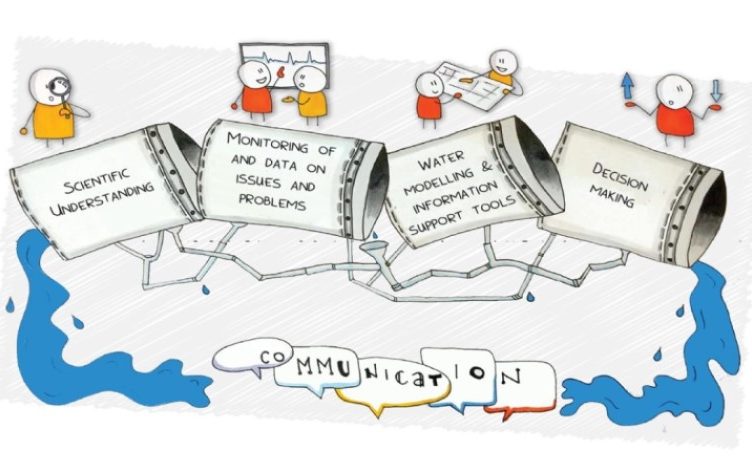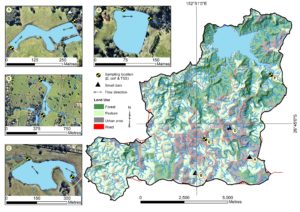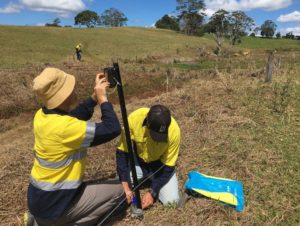
05/12/2024
Event Summary: Overview of water quality modelling projects from the Queensland Water Modelling Network with Callym Dunleavy
Read more
Filipe is the Queensland Water Modelling Network (QWMN) Innovation Associate undertaking PhD research in collaboration with Seqwater and the University of Queensland. His research is examining the efficacy of farm dams on the transport and fate of sediment and pathogens in drinking water supply catchments. Filipe is specifically investigating how novel water quality modelling approaches can complement Seqwater’s existing monitoring program and provide additional information to help sustainably manage water supply catchments.
The contamination of drinking water catchments by animal faeces and pathogenic organisms present can cause enteric disease outbreaks if not managed effectively. Regular water quality monitoring, combined with modern water treatment processes, following the Australian Drinking Water Guidelines (ADWG, 2011), have been effective in minimising the risk of disease, however there are opportunities to apply new methods to provide additional information. Monitoring for pathogens can be challenging due to their often relatively low concentration in aquatic environment and often only present for short sporadic events. As a result, monitoring programs often focus on faecal indicator organisms (FIOs) such as Escherichia coli, to indicate the likely risk of faecal pathogens being present in a waterway. There is also often a correlation between FIOs and suspended sediment in waterways due to land-use influencing both sediment supply rates and pathogen sources such as grazing. Mathematical modelling can be used to reproduce the patterns of FIO and sediment movement in catchments and waterways. These models also allow the potential changes in FIOs and sediment under different scenarios of land use and climatic conditions – allowing water managers to understand and adapt their operations to a wider range of possible future events.
This research will combine field monitoring with novel models to examine these processes in the Baroon Pocket Dam catchment. There are approximately 230 small reservoirs in this catchment and their role in storing water and the survival/die-off processes of pathogens is under-researched. One potential pathway for pathogen survival through dry periods is by being attached to sediments on the bottom of these small dams. During large rainfall-runoff events, inflows resuspend sediments and attached pathogens allowing the pathogenic organisms to be transported into downstream waterways used as a source for drinking water supplies, such as the Baroon Pocket Dam.
For this reason, the objective of this research is to assess the role of small dams on the processes of sedimentation, resuspension, transport, survival and/or die-off of FIO. This is a knowledge gap that will be investigated by a novel lumped approach using the Soil and Water Assessment Tool (SWAT) and the Aquatic Ecosystem Model 3D (AEM3D) where the models will feedback into each other to model the 230 small reservoirs. After being properly calibrated and validated against real FIO, suspended sediment and discharge data observed during the monitoring campaigns (see monitoring sites at figure 1), the model will be applied using future climatic data from a range of Global Circulation Models (GCM) for different future climate scenarios provided by the Queensland Government. This will provide insights into potential future changes in pathogen and sediment dynamics in this catchment.
Filipe is currently preparing for his confirmation of candidature seminar where his research plan will be assessed and, if successful, he will be “confirmed” in the University’s PhD program.

Figure 1 – Location of the small dams being monitored for E.coli and suspended sediments

Figure 2 – Co-supervisor Alistair Grinham (left) and Filipe Pinhati (right) installing a single stage sediment trap bottle with static camera at monitoring site “C”.